
How To Save Pumpkin And Winter Squash Seeds
by CEdward
Enjoying those fall pumpkins and winter squashes for making pies and decorations doesn’t have to end when winter comes, save the seeds and grow your own for next year.
Begin by cutting open the pumpkin or winter squash, scoop out the seeds and stringy insides and place them in a bowl. Now, sort through and take out all flesh and stringy insides out of the bowl and anything remaining that is not seed. Now that you just have seeds remaining in the bowl, pour them into a colander. Pumpkin and winter squash seeds are typically larger in size depending on the cultivar and so the mesh of the colander would not likely have to be too fine just enough so to not allow seeds to go through. With a couple of drops of liquid soap, wash the seeds thoroughly for four minutes under cold running water. Allow the water to run freely on the seeds washing off debris and any remaining soap.
Now that the seeds have been cleaned they need to dry. Allowing the seeds to dry in a low moisture environment, where they are not exposed to direct sunlight for two weeks is ideal. An old window or door screen or some other finely meshed, flat object is great for placing seeds upon to dry. These types of surfaces will allow good airflow around all surfaces of the seeds. If you don’t have a mesh surface handy, you could let the seeds dry on a few paper towels in a plate, and move and rotate daily if possible the seeds to encourage even drying. These methods both work very well, but make sure to not let the seeds be stacked on one another or be touching during this drying process. Ensure that the seeds have good air circulation.
After the seeds have dried for two weeks (or a little more), they are ready to be placed into long term storage. Paper envelopes can be used and work very well for allowing the seeds to breathe, you just have to be sure the envelopes are fully sealed so that you can avoid insect damage. You can also use plastic sealed bags to store your seeds, you just will need to make sure the seeds have fully dried to avoid bacteria damage that will ruin seeds. Regardless of what you use to store the seeds, make sure to label the cultivar name, year grown, grower (if known), whether or not the fruit was open pollinated (if known), the weight of the fruit and any other characteristics about the fruit that the seeds have come from you want to remember. If you are unsure of the cultivar type, you can do some research in seed catalogues, in a library, online, or contact a local extension agent to make a proper identification. Once your seeds have been packaged and labeled, store them in a dry, dark place until you are ready to use them.
Related Articles from this author
You might also like
Gardening in the PandemicDespite all the deaths of people the garden goes on as a sign of hope and bet...
Late Winter in the GardenThe are joys of the first intimations of Spring, but they are marred by frust...
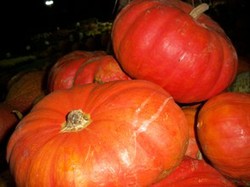

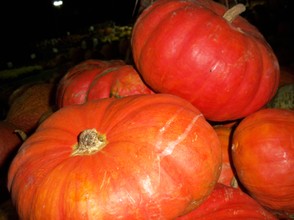
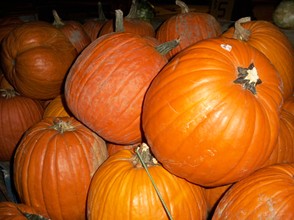



 How To Safely Secure Large Holiday Blow Molds From Wind Damageon 02/13/2012
How To Safely Secure Large Holiday Blow Molds From Wind Damageon 02/13/2012
 Tips On Protecting Your Holiday Blow Mold Decorations From Sun Damageon 02/08/2012
Tips On Protecting Your Holiday Blow Mold Decorations From Sun Damageon 02/08/2012
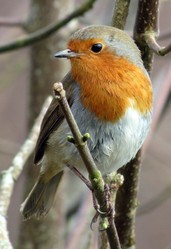
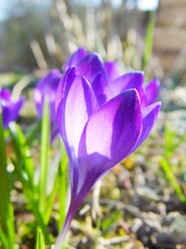
Comments